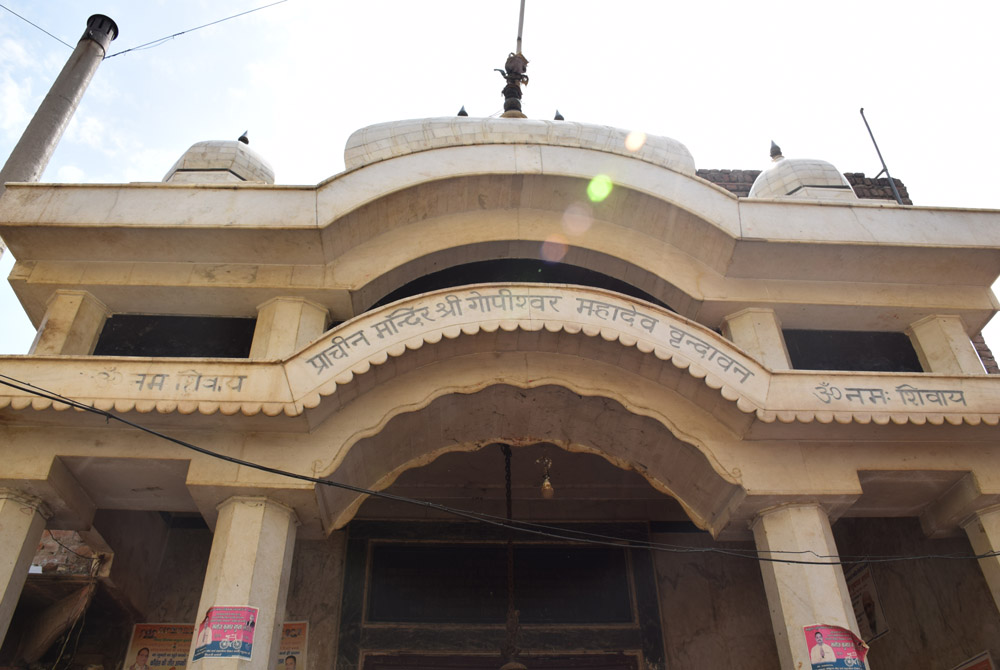

Vrindavan, located in Uttar Pradesh, India, is a town revered for its association with Lord Krishna and is a hub for pilgrims and spirituality seekers from across the globe. The town is dotted with numerous temples, each with its distinct history and significance, and amongst them is the Gopishvar Mahadev Temple, a shrine dedicated to Lord Shiva, known here as Gopishvar Mahadev.
The history of Gopishvar Mahadev Temple goes back centuries and is deeply intertwined with the lore of Lord Krishna. According to the legends, when Lord Krishna performed the divine dance, the Raslila with the Gopis (milkmaids), Lord Shiva wished to witness this celestial event. However, to join in the dance, Shiva needed to take the form of a Gopi. Upon taking a dip in the sacred Yamuna River, Shiva emerged as a beautiful Gopi and henceforth, earned a place in the Raslila. The temple stands to commemorate this transformation and is a testament to Lord Shiva's desire to participate in the divine pastime of Lord Krishna.
For centuries, Vrindavan has stood as a significant pilgrimage site, attracting devotees during auspicious occasions like Janmashtami (Krishna's birthday), Holi (the festival of colors), and during the month of Kartik. However, the Gopishvar Mahadev Temple garners particular attention during Maha Shivaratri, the festival celebrating Lord Shiva. During this festival, the temple witnesses an influx of pilgrims, who come to offer their prayers and seek blessings.
Gopishvar Mahadev Temple showcases the architectural styles prevalent during the time it was built. Though modest in its design compared to the grandeur of other Vrindavan temples, it holds a unique charm that attracts devotees. Inside, the main deity is a Shiva Lingam, which is traditionally aniconic representing Lord Shiva. Devotees offer water, milk, and bael leaves to the deity in a daily ritual of worship.
In recent years, Vrindavan has seen a trend towards sustainable and responsible tourism, with an increased focus on maintaining the sanctity and cleanliness of the town. The local government and various NGOs are working cooperatively to ensure the town's infrastructural development does not detract from its spiritual environment.
Furthermore, as people seek more personalized and enriching travel experiences, spiritual tourism in Vrindavan, including visits to the Gopishvar Mahadev Temple, has seen a rise. Retreats, guided pilgrimages, and cultural immersion programs have become sought-after services, catering to the desires of international and domestic travelers alike.
Travelers wishing to visit the Gopishvar Mahadev Temple should be mindful of the temple's customs and dress modestly as a sign of respect. Photography might be restricted within the temple premises, and it is advised to confirm with the temple authorities beforehand. The best time to visit the temple is in the early morning or during the evening Aarti when the atmosphere is filled with devotional fervor.
The Gopishvar Mahadev Temple in Vrindavan is not just a monument of religious importance but also a cultural heritage site that provides an insightful glimpse into the town's rich history and traditions. As much as it is a place of worship, it remains an embodiment of the universal tenets of love and devotion portrayed in the tales of Krishna and Shiva.